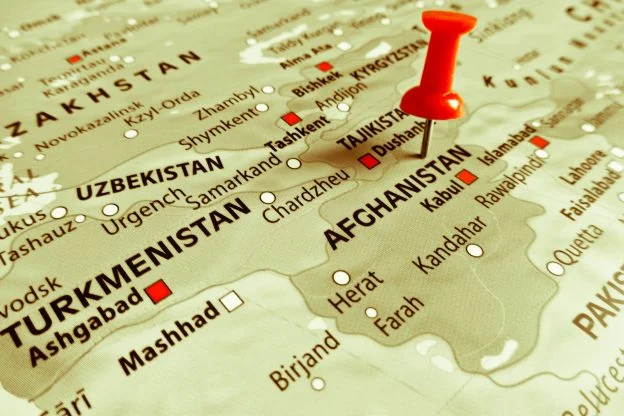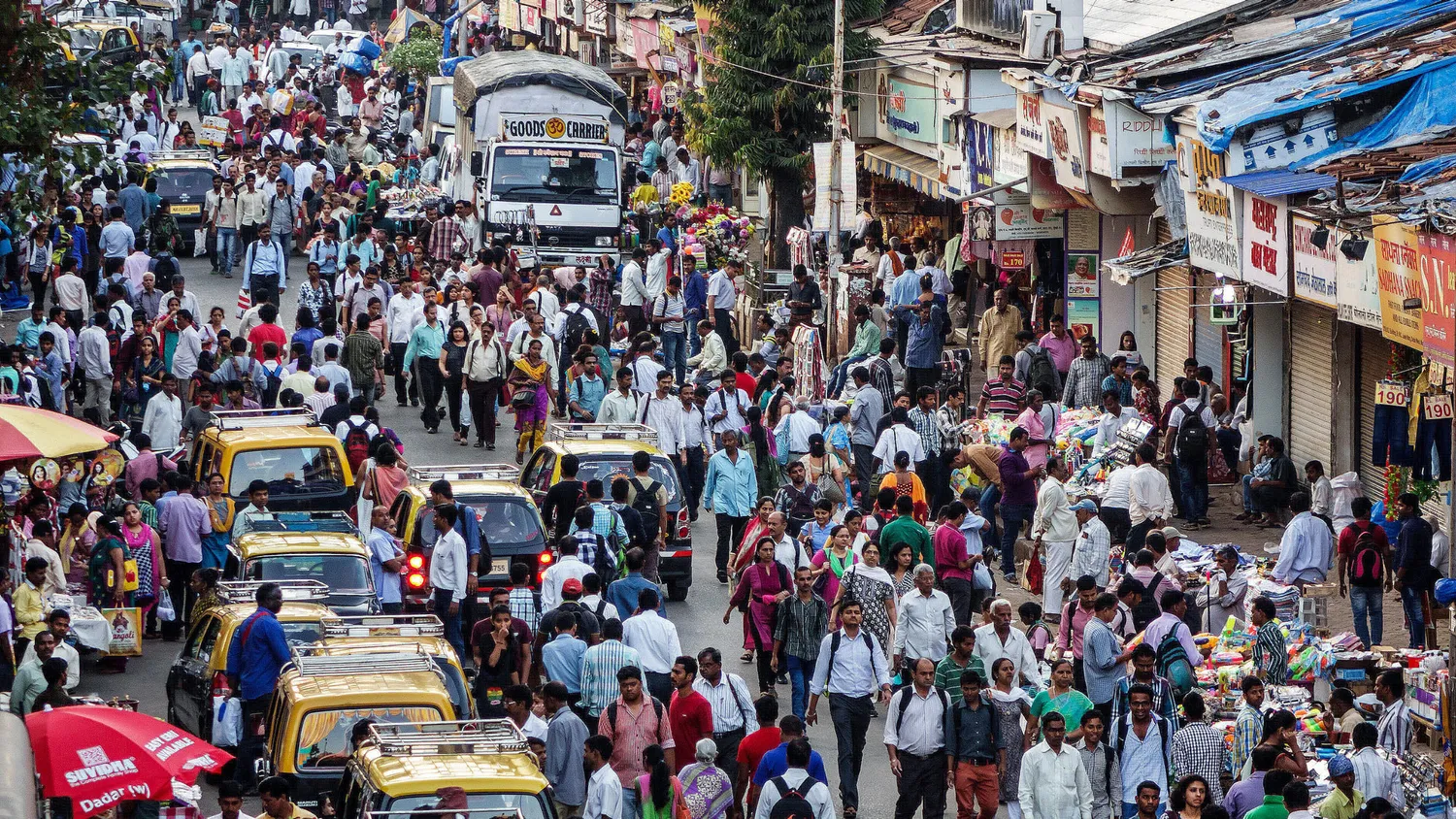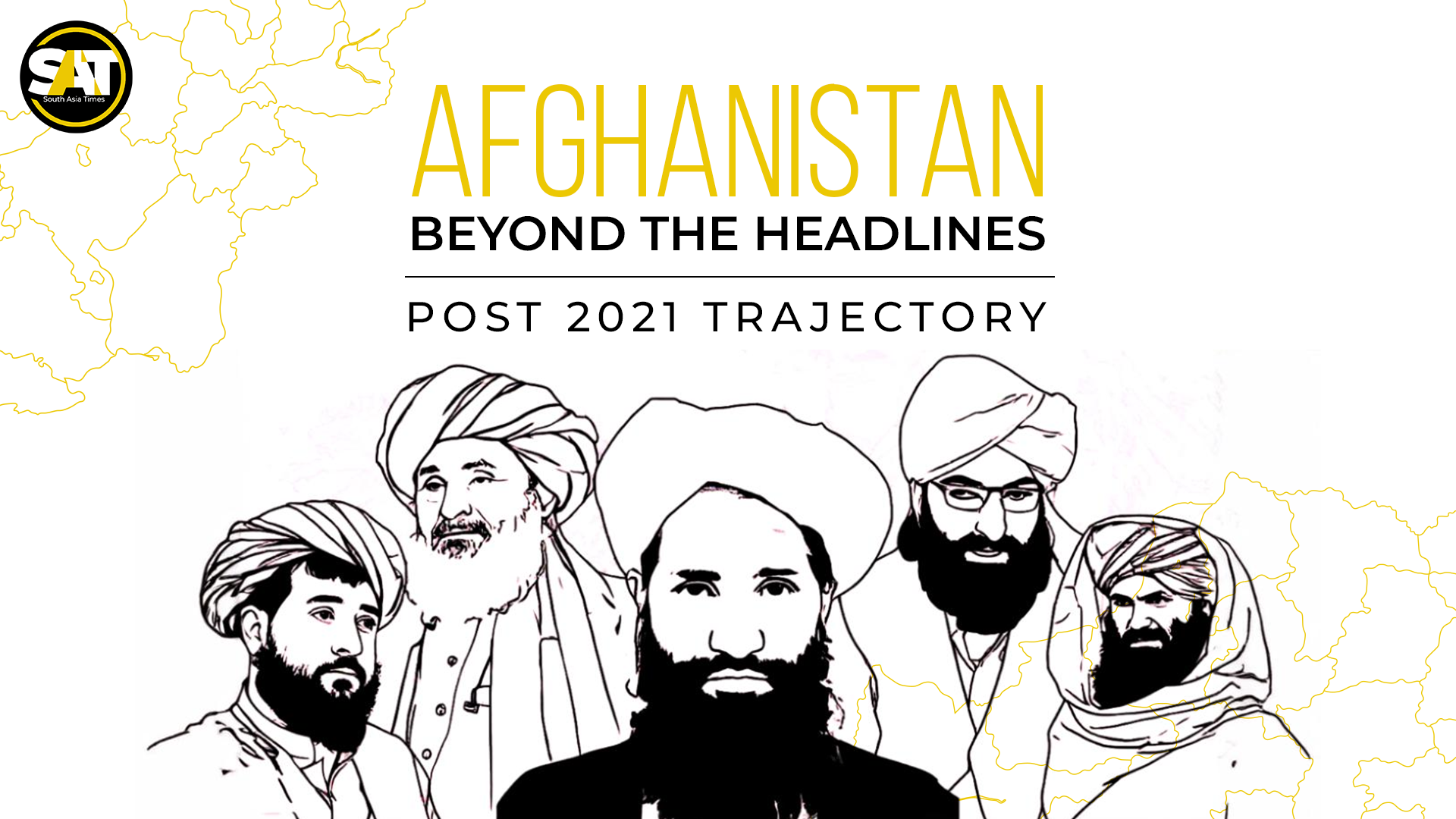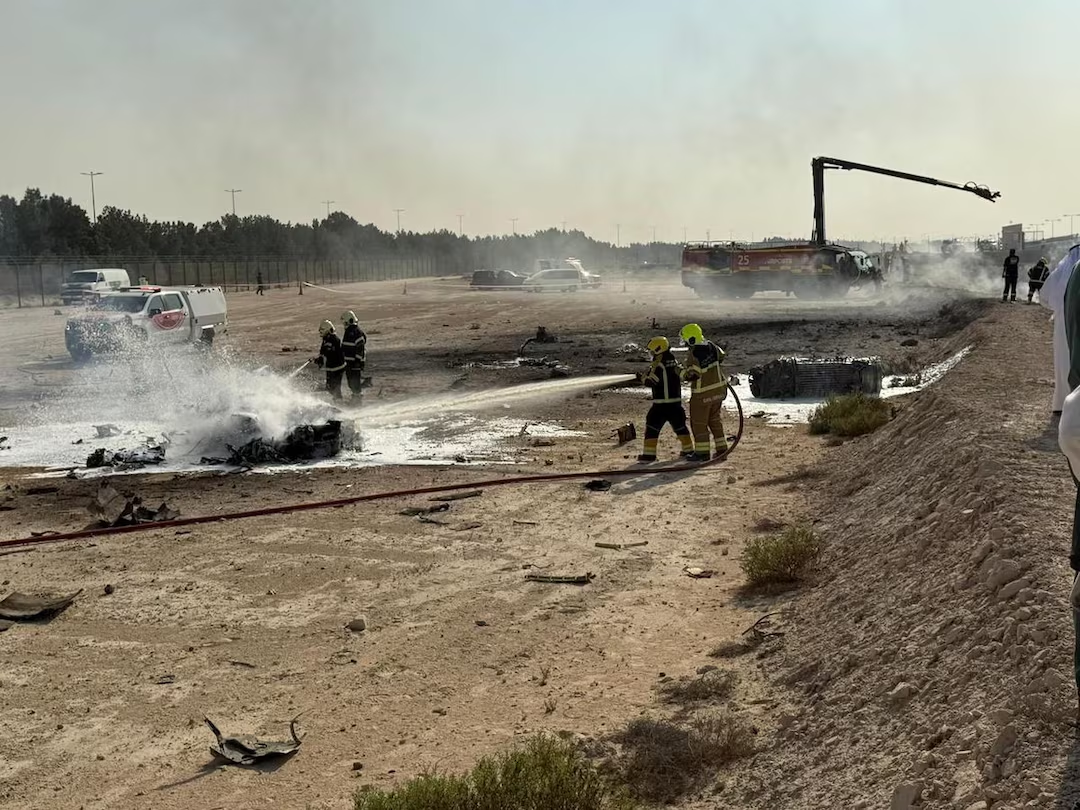When Pakistan warns of the resurgence of terrorism from across its western border, the world often perceives it as a local or regional concern. But in reality, the ideological networks reawakening in Afghanistan and Pakistan’s frontier regions represent a global threat, one that could soon revisit the very forces that claimed to have ended the “War on Terror.” The return of the Tehrik-i-Taliban Pakistan (TTP), emboldened by the Taliban’s ideological fraternity, is not just Pakistan’s problem. Pakistan’s call of a global danger warns, it’s a re-emergence of a transnational jihadist ecosystem that once drew the world into its longest war.
A Regional Problem with Global Consequences
Since the US withdrawal from Afghanistan in August 2021, the South Asian security landscape has entered a fragile phase. Pakistan, which fought for over two decades on the frontline of counterterrorism, has once again become the target of a TTP-led insurgency. According to Pakistan Institute for Conflict and Security Studies (PICSS), May 2024 witnessed 86 attacks leading to 90 fatalities and 87 injuries with civilians and military personals equally a target of this terrorism menace. More than 1,500 lives were lost in 789 attacks, most emanating from Afghan soil. Terrorism index in Pakistan increased to 8.37 points in 2024 and successively in 2025 which saw 300 attacks, which is more than two attacks every single day this year only in KP.
Yet, the implications of this violence stretch far beyond Pakistan’s borders. The TTP shares deep ideological and operational linkages with global jihadist outfits like al-Qaeda, the Islamic State Khorasan Province (ISKP), and the Turkestan Islamic Party (TIP), the latter of which has been active in China’s Xinjiang region. These groups may operate under different banners, but they converge on one goal: to erode state authority and expand an self proclaimed Islamist order across borders, from Central Asia to South Asia and potentially beyond.
The Taliban’s Double Game
When the Taliban returned to power in Kabul, their leadership promised the international community that Afghan soil would not be used for terrorism against other states. But their silence, and, in many cases, tacit protection, toward the TTP tells another story. The Taliban’s ideological affinity with these groups stems from shared origins in Deobandi Islamism, anti-Western sentiment, and the aspiration of establishing a pan-Islamic emirate.
The Taliban’s reluctance to act against the TTP is not simply political; it’s ideological. The TTP, though a separate entity, represents the same terrorist genealogy, the same worldview that justifies violence as a means of divine justice. Any Taliban move against the TTP would be seen as betraying their own ideological brothers, something that could fracture internal cohesion within Afghanistan’s militant spectrum.
This ideological overlap extends to movements with global ambitions. The Turkestan Islamic Party targets China’s Xinjiang, the Islamic State Khorasan Province seeks expansion across Central and South Asia, and factions inspired by al-Qaeda still dream of confronting the “Western order.” In this network, TTP functions as a bridge, a conduit of shared ideology and training that sustains this ecosystem.
Why It Matters for the United States and Global Powers
For Washington, the TTP resurgence should raise alarm bells. It’s not just about Pakistan’s security; it’s about preventing Afghanistan from once again becoming a launchpad for transnational terrorism. In 2023, the US State Department’s Country Reports on Terrorism noted that “Afghanistan continues to serve as a safe haven for terrorist groups including al-Qaeda and TTP.” This is the very scenario the US spent two decades, and over $2 trillion, trying to prevent.
If South Asia descends into instability, the implications for global commerce, energy corridors, and regional connectivity will be immense. Projects like the China-Pakistan Economic Corridor (CPEC), CASA-1000, and TAPI pipeline depend on a stable Afghanistan and Pakistan. A resurgent terror nexus not only threatens Pakistan’s internal security but also risks sabotaging these transnational economic arteries, and, by extension, global interests in regional stability.
Moreover, for the US Indo-Pacific strategy, which hinges on a stable and cooperative South Asia, an unstable Pakistan-Afghanistan border weakens Washington’s regional posture. The spread of extremist ideology into Central Asia could also challenge US, Chinese, and Russian interests alike, as these groups exploit governance vacuums to build sanctuaries.
Pakistan: The Unsung Pillar of Stability
Pakistan has been accused and misunderstood in equal measure. Yet, few nations have paid as high a price in the war on terror. Over 80,000 Pakistanis, including civilians and security personnel, have died in terrorist attacks since 2001. The country has conducted some of the world’s most extensive counterterrorism operations, from Zarb-e-Azb to Radd-ul-Fasaad, dismantling networks that once spread across tribal regions.
However, Pakistan cannot, and should not, face this threat alone. The fight against terrorism today is not a national security issue; it’s a collective global responsibility. The ideological current that fuels the TTP also feeds movements from the Sahel to Southeast Asia. Ignoring Pakistan’s warnings risks repeating the same mistake the world made before 9/11, underestimating how local militancy can metastasize into global catastrophe.
A Human Lens: The Cost of Indifference
Behind every statistic lies human suffering at heart of which lies Afghanistan. The resurgence of terrorism has displaced thousands of families in Khyber Pakhtunkhwa and Balochistan. Schools have shut down, local economies have withered, and fear has returned to daily life. The psychological toll of perpetual insecurity, particularly on youth who grew up amid conflict, is immeasurable and every other stakeholder alongside Pakistan must consider curbing such ideologues an equally shared responsibility.
But unfortunately, these stories rarely make international headlines. It seems like the world has moved on, assuming that the “war on terror” ended with the US withdrawal from Afghanistan. But for millions in Pakistan’s borderlands, it never did and for many others in the region it is about to enter more forcedly.
Conclusion: Shared Futures, Shared Responsibilities
Terrorism today is borderless and ideological. It cannot be contained within Pakistan’s borders, nor can it be fought through isolation. The TTP’s resurgence under the ideological shadow of the Taliban poses a strategic and moral test for the entire international community.
And so, a stable South Asia is not merely in Pakistan’s interest, it is essential for global peace, economic connectivity, and regional balance. And if the world continues to view terrorism through narrow geographic lenses, it will soon find that the embers of extremism in one region can ignite fires across continents.
For the US, China, and other global stakeholders, supporting Pakistan’s counterterrorism and stabilization efforts is not charity; it is strategic foresight. Because an unstable South Asia is as much a threat to the world’s future, as it is to Pakistan’s present.
Also See: Pakistan’s Counter-Terrorism Dilemma: Balancing Civilian Protection and Security







